In diesel fuel tanks, water build-up could occur and this is a universal problem among many diesel car engines. In this case, some amount of water could start to accumulate at the bottom of the fuel tank. Water is still heavier than diesel fuel, so we need to flush the tank completely. The culprit of this problem is usually the exposure of the internal part of the tank with the humid external air. In the morning or during colder condition, water vapour inside the trapped air will condense and very small accumulation of water will roll down from the sides of the tank to the bottom.
In cars with diesel engine, some hot diesel fuel could return to the tank after it’s used to cool the injectors down. Due to the significant pressures, injectors could get hotter. The engine circulates some of the diesel fuel to lower the heat and the warmer fuel will be returned to the tank. This will encourage the condensation of water vapour and accumulation will eventually form. Obviously, the water accumulation could increase the possibility of microbial infestation. In general, fungi and bacteria could play havoc with any diesel-based fuel system.
Diesel fuel is essential an organic substance and this cause them to be vulnerable to microorganism contamination. Fungus and bacteria could cause such contaminations. This could happen when the stored oil comes in contact with the external air, for example when it is being filled. The accumulated water at the bottom of the tank is an ideal place for microbes to flourish and multiply. By living within the water, these microorganisms would draw just enough nutrients from the surrounding. Pretty soon, the fuel tank would be affected by microbial infestation.
When the fuel tank is infested, we could find traces of slime that floats on the fuel. When microorganisms multiple, they excrete acids as by-products and this could corrode the fuel tank. Acid could also cause the diesel fuel to breakdown and this will lower the quality of the fuel. Microbial infestations are more likely to happen when we let the car at the garage for longer period of time. For this reason, we should flush the tank before we leave the car for some time. Contaminated fuel tank could cause poor performance and rough running. Fuel filters could get clogged more easily and the diagnosis should be confirmed when we spot slime inside the tank.
If we are living in humid and cold areas, it is a good idea to use fuel additives to prevent microbial infestations. These additives should help us to control water accumulation. Infested tank shouldn’t only be flushed, but also treated with specific biocide agent. The disinfectant should destroy any trace of fungi and bacteria. By controlling the accumulation of water and flushing the tank regularly, we should reduce the possibility of microbial infestation. We should consult with experts to define the type of additives we use and we should also use good quality fuel to maintain performance.
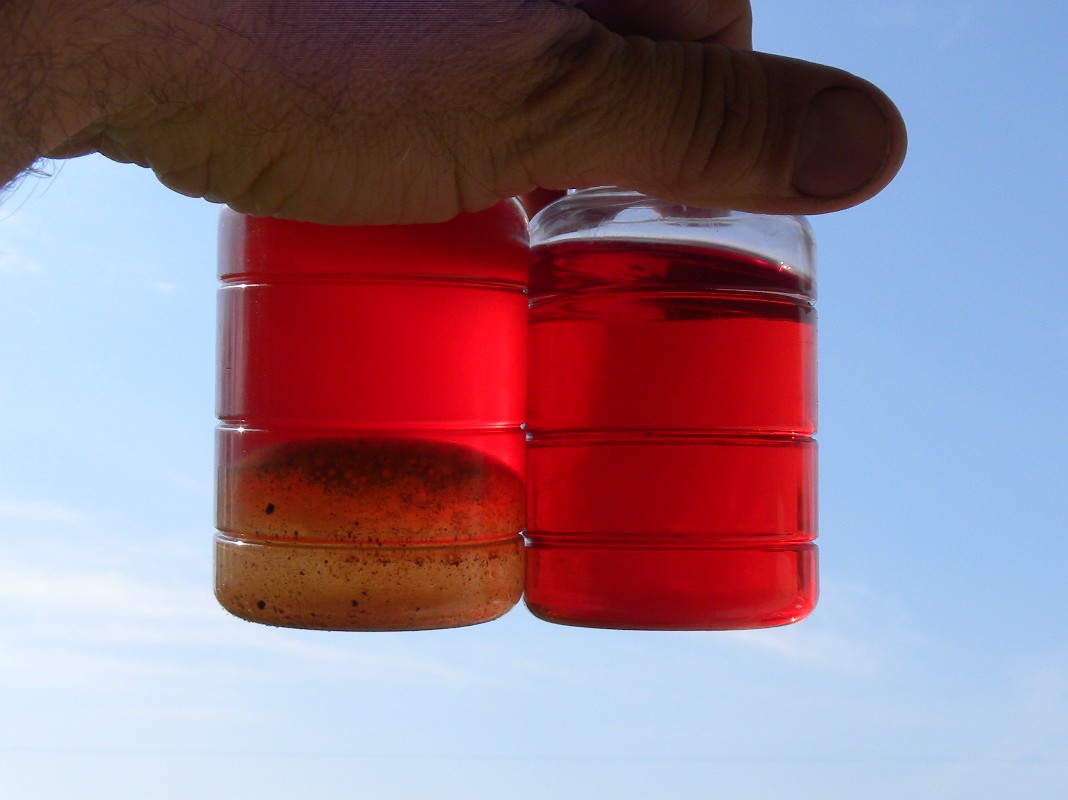

























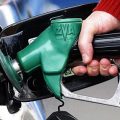

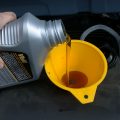
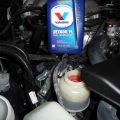

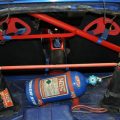
No Comments
Leave a comment Cancel